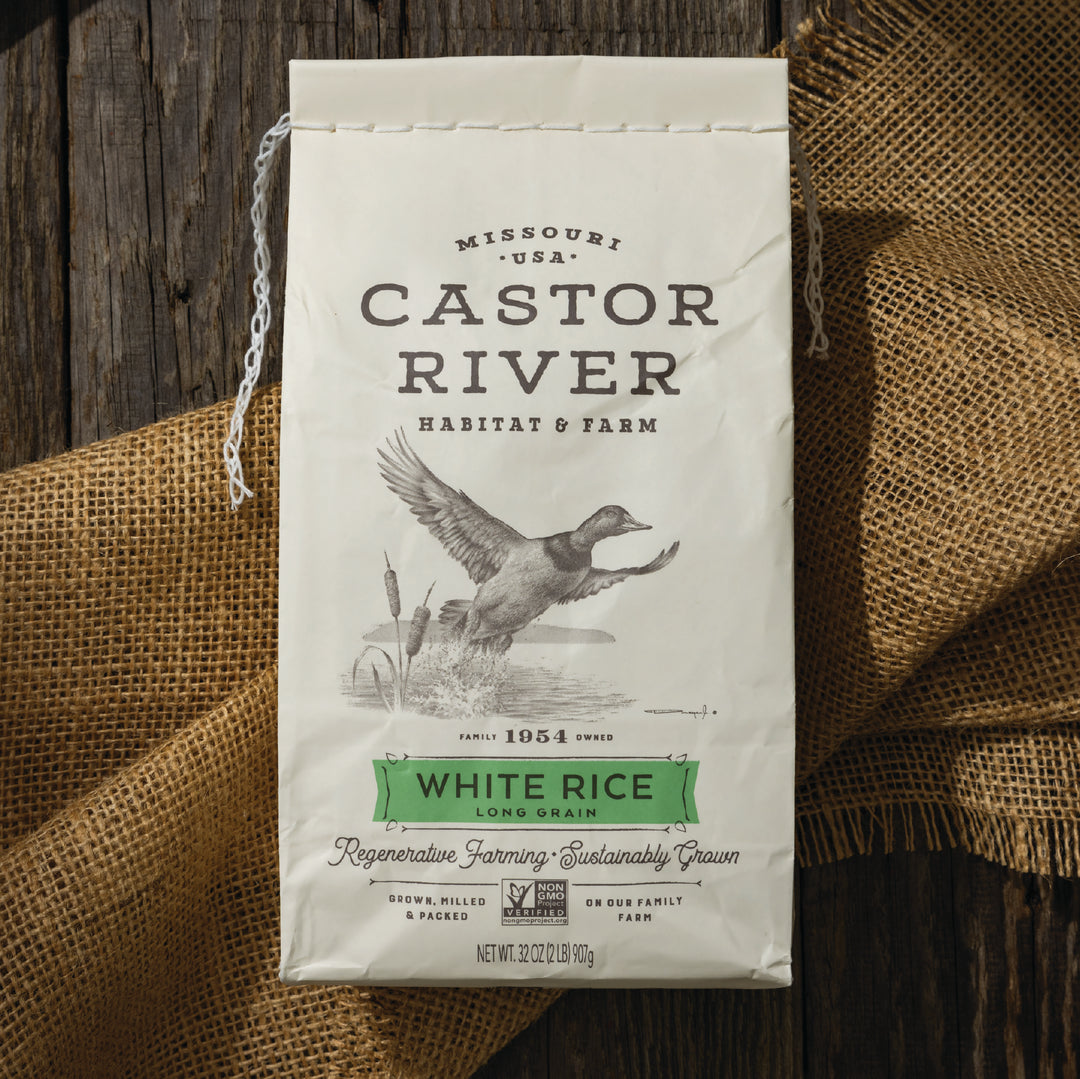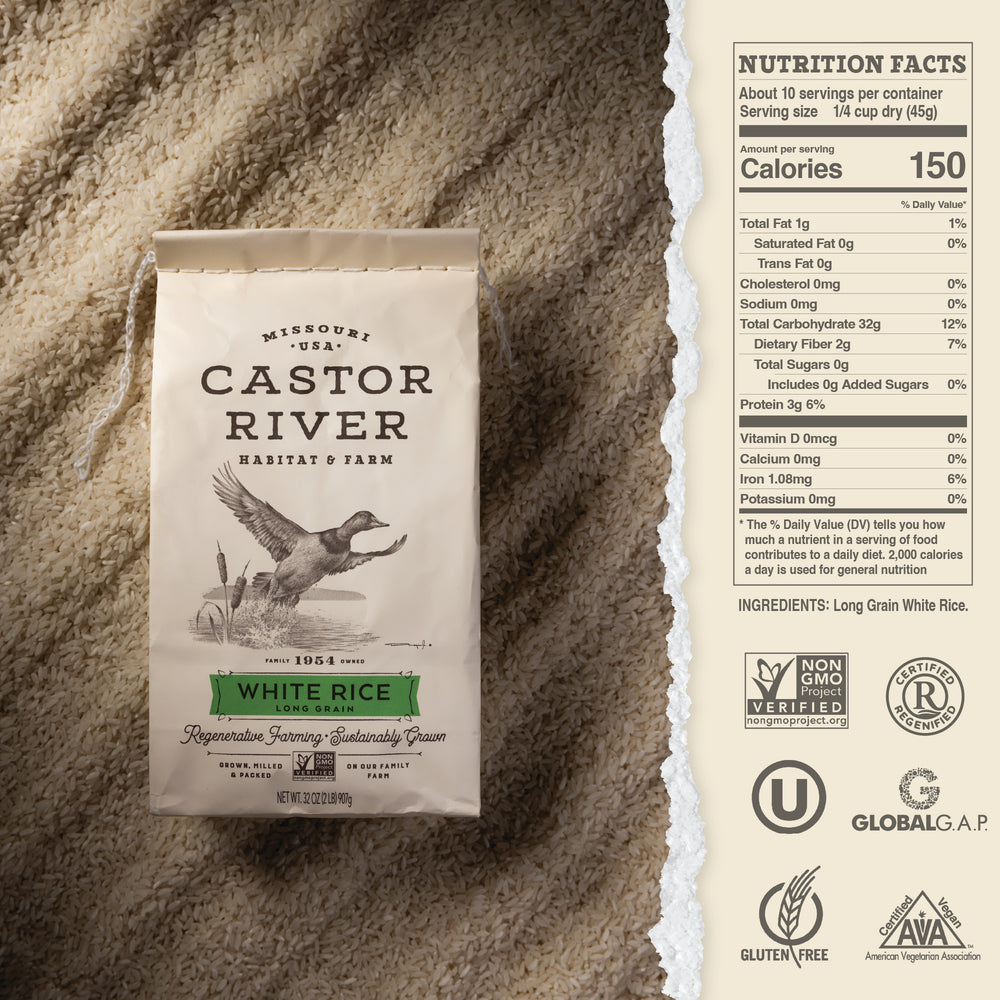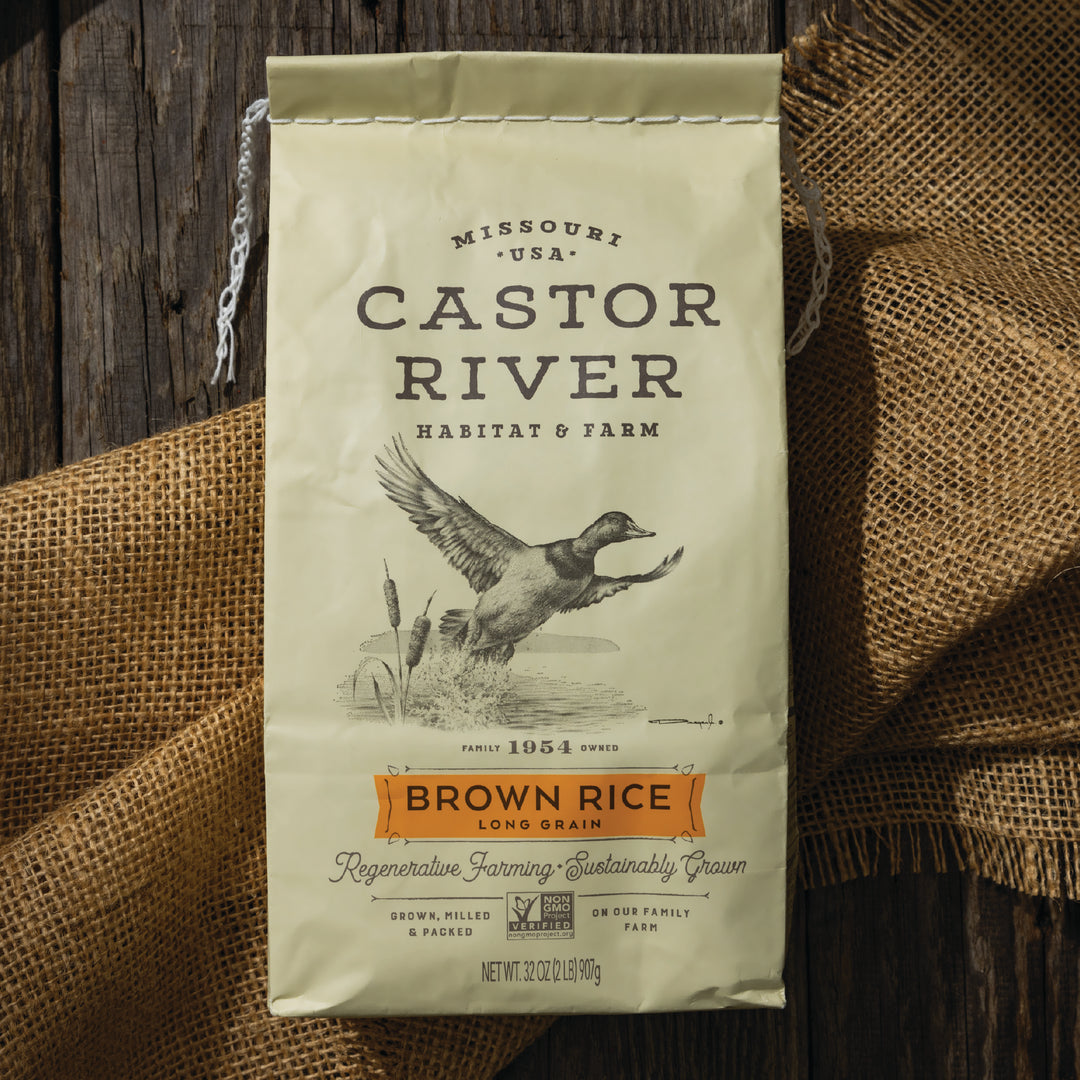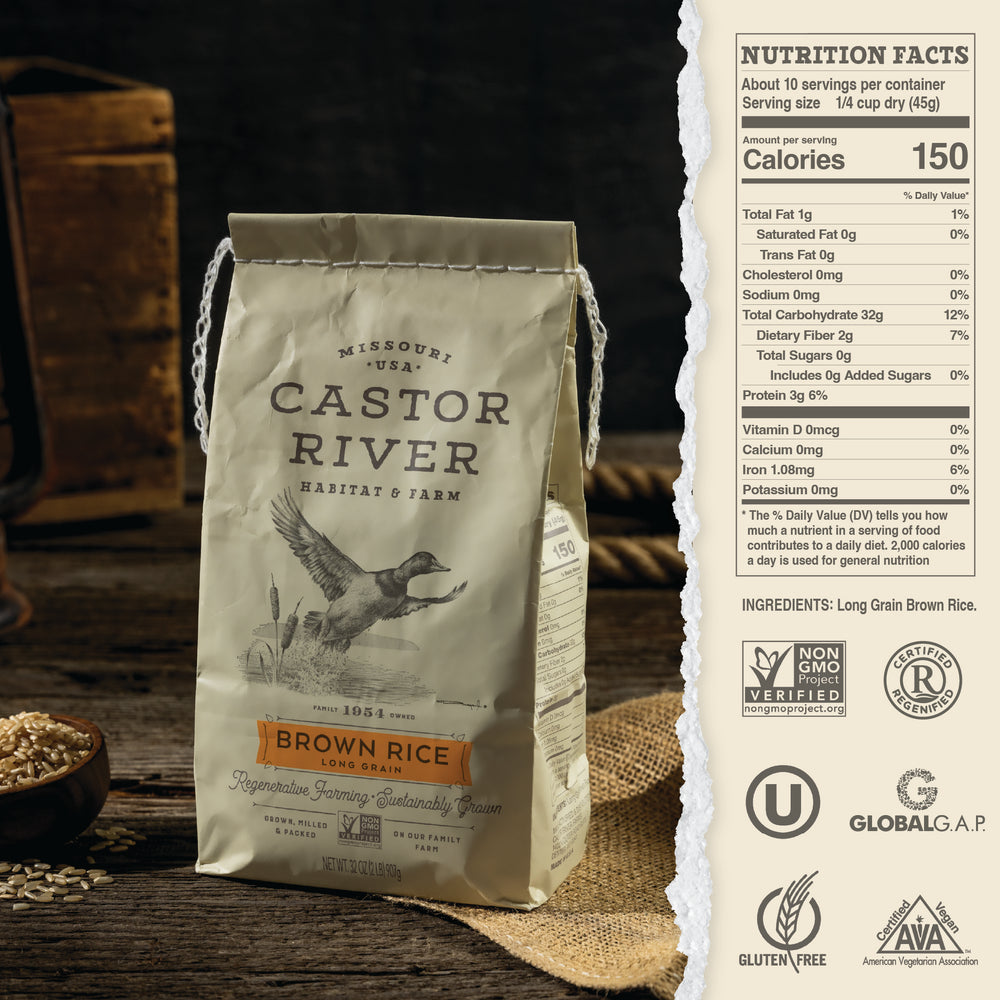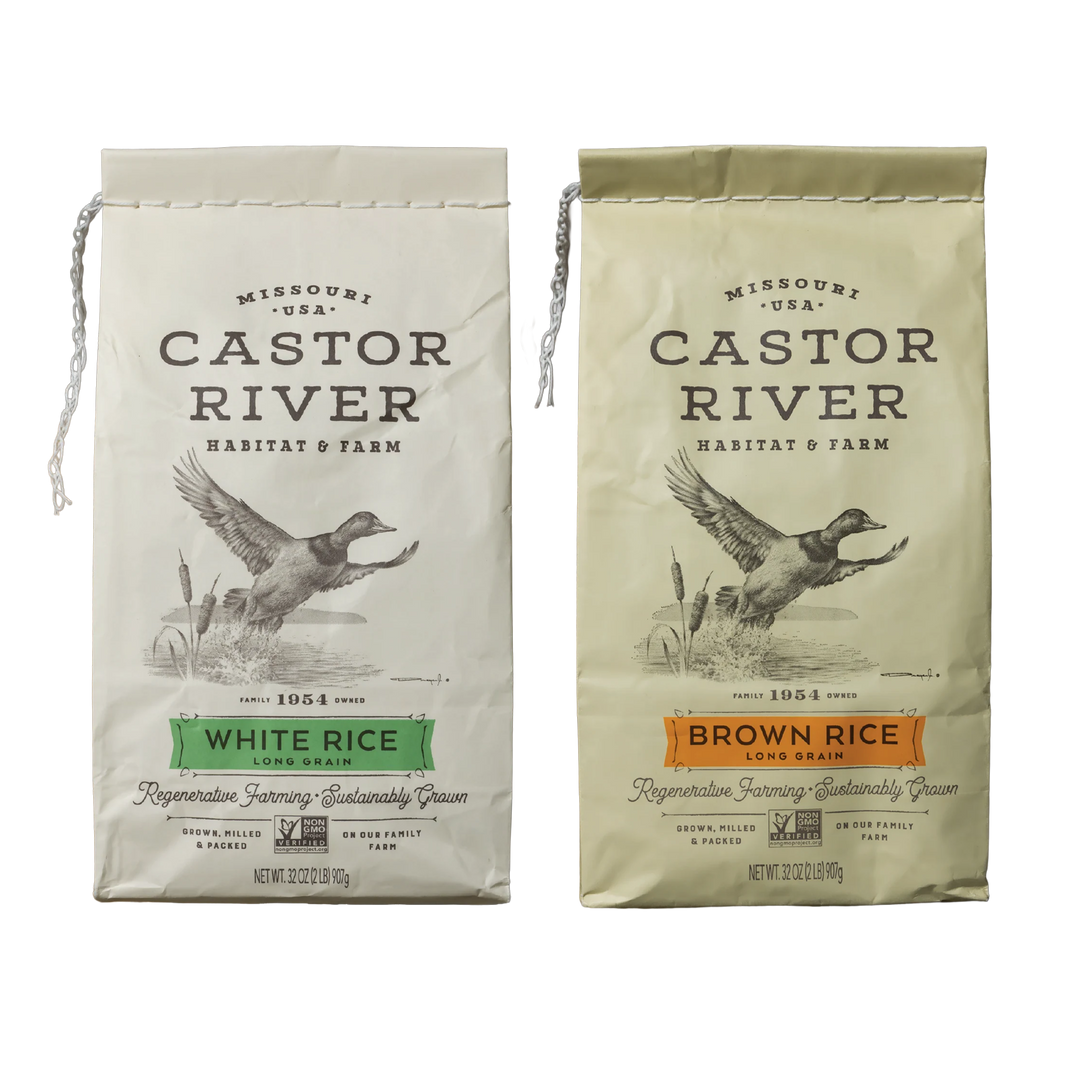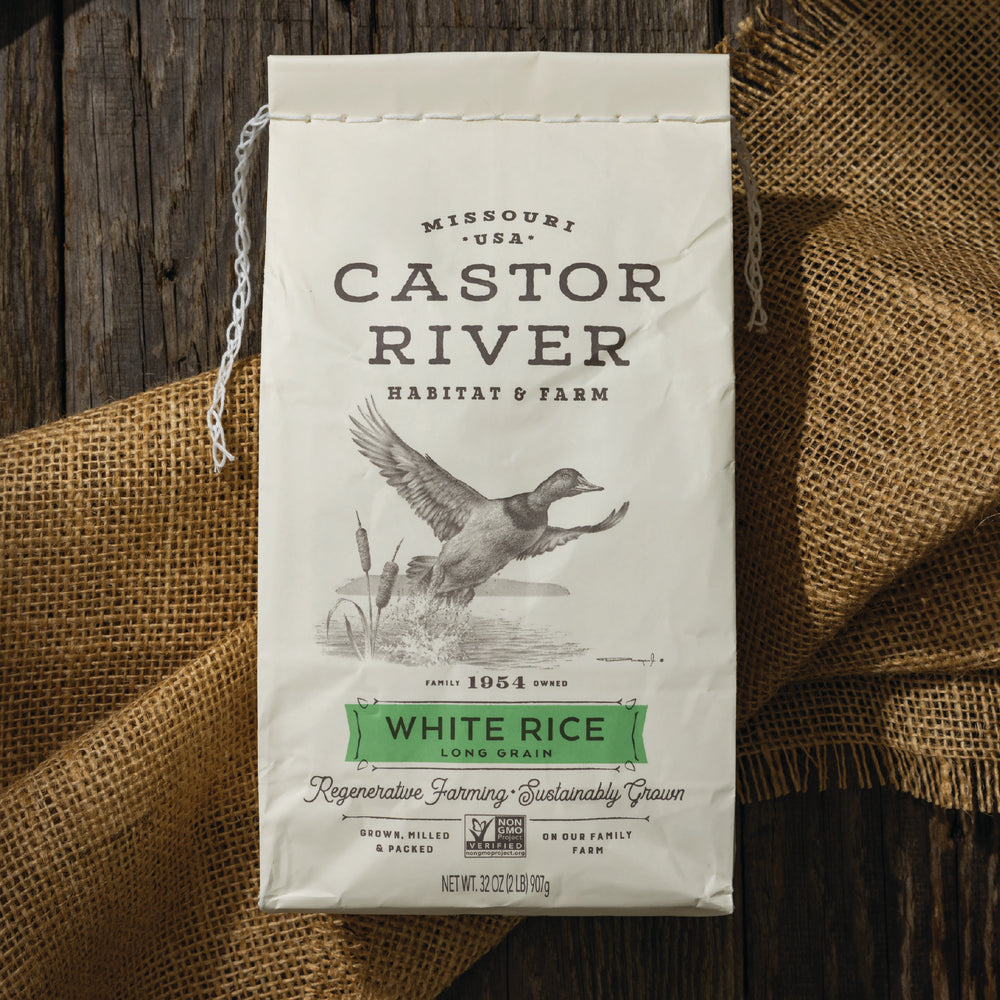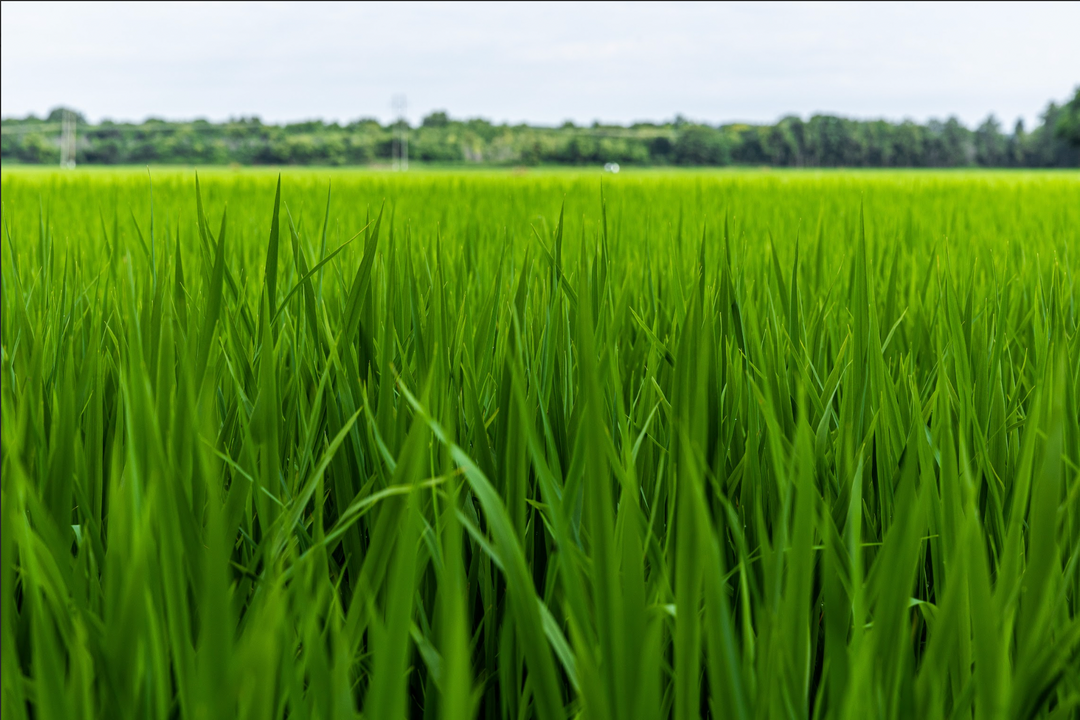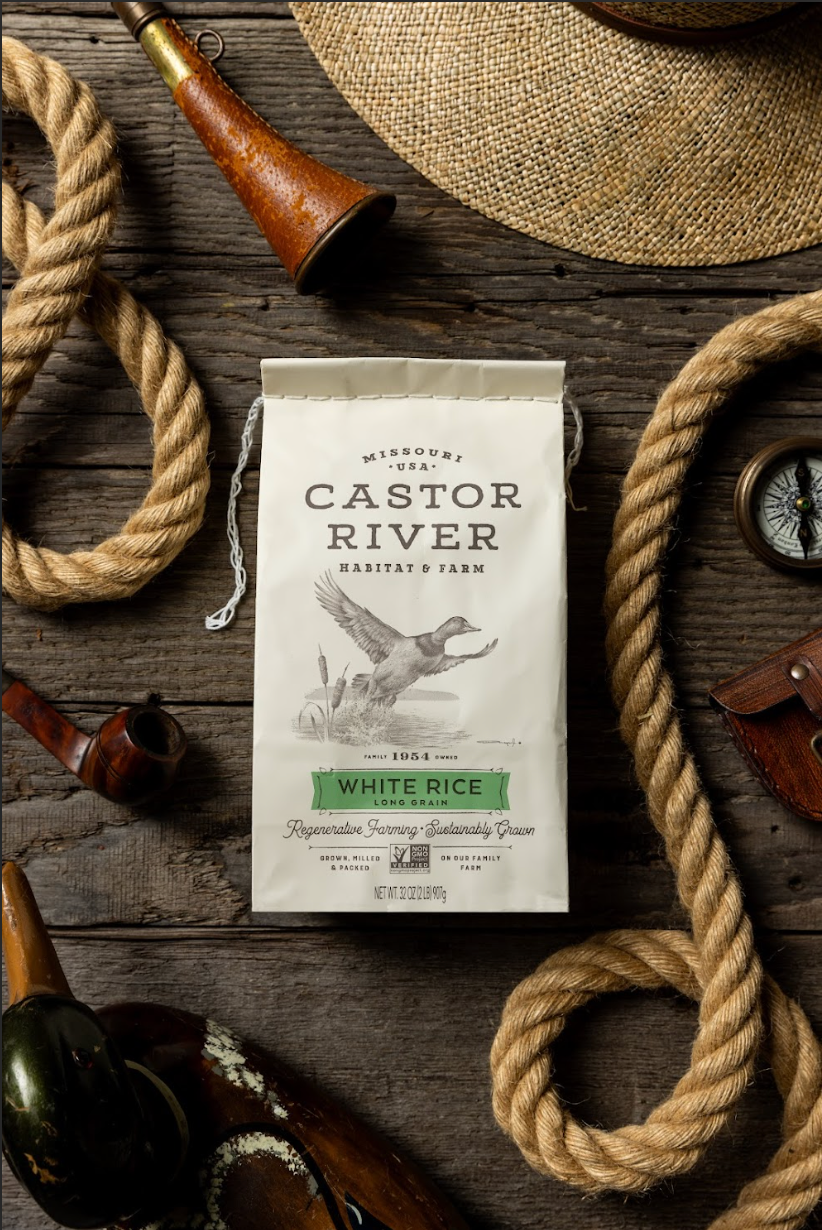What Happens on a Rice Farm in the Fall?

Fall on a rice farm looks different depending on who you ask. For most operations, it means harvest followed by burning. Clear the fields, torch the stubble, move on.
We do it differently here.
Harvest Comes First
September through October, our fields turn golden. The rice plants dry down naturally, and we watch moisture levels closely. Too wet and the grain won't store properly. Too dry and you lose kernels to shattering before the combine even arrives.
When conditions line up, the combines roll. On our 800 acres, we're bringing in somewhere between 140,000 and 160,000 bushels, depending on the year. That rice moves straight from field to our on-farm mill. No middleman. No shipping it across state lines for someone else to process.
We're controlling quality from the moment it leaves the ground until it goes into a bag with our name on it.
What Most Farms Do Next
This is where conventional rice farming takes a turn we won't follow. After harvest, most operations either flood their fields or burn the remaining plant material. Flooding requires massive amounts of water. Burning releases carbon and destroys everything living in the soil.
Both approaches treat the field like it needs to be reset to zero. Sterilized. Emptied out before the next planting.
That's the opposite of how we think about soil.
Cover Crops Replace Fire
Instead of burning, we plant. While other farms are lighting matches, we're drilling seeds.
Rye, vetch, clover, radishes, oats, turnips. Each variety brings something different. The rye sends roots deep, breaking up compaction. The radishes mine nutrients from lower soil layers and bring them up. The clover fixes nitrogen. The vetch adds biomass.
We call it opening the buffet. When you only plant rice year after year, you're handing the soil a single dish and expecting it to thrive. The cover crops diversify what's available. Different root structures. Different exudates feeding different microbial communities.
The goal isn't just to cover bare ground. It's to keep living roots in the soil twelve months a year. Those roots feed the biology that makes our rice more nutrient-dense when we plant again in spring.
Why This Matters for the Soil
Soil isn't dirt. It's alive. Bacteria, fungi, protozoa, nematodes. Billions of organisms per teaspoon. They break down organic matter, cycle nutrients, suppress disease, improve water infiltration.
When you burn a field, you kill that life. When you flood it constantly, you create conditions where only certain organisms survive. When you till repeatedly, you destroy the fungal networks that help plants communicate and share resources.
Our job is to work with that life, not against it. The cover crops protect the soil from erosion over winter. They add organic matter when they decompose. They create habitat for beneficial insects that help control pests.
And critically, they keep carbon in the ground instead of releasing it into the atmosphere.
The Rest of Fall: Milling and Planning
While the cover crops establish, we're inside milling the harvest. Every bag of Castor River rice gets milled right here on the farm. We control how it's hulled, whether it's polished into white rice or kept as brown rice, how it's packaged.
That matters because rice quality degrades after milling. The fresher the better. When you buy our rice, you're getting something that was milled recently, not something that sat in industrial storage for months.
We're also planning next year. Looking at soil tests. Evaluating what worked and what didn't. Deciding which fields need more attention, which cover crop mixes to adjust.
Some farms operate on autopilot. Same inputs, same practices, same expectations year after year. We're constantly adapting because the soil responds differently as it improves. What it needed five years ago isn't what it needs now.
Fall Sets Up Spring
The work we do in fall determines what happens next spring. If we burned these fields, we'd be starting from a deficit. Depleted organic matter, reduced biology, compacted soil.
Instead, we're building. The cover crops we planted in September and October will be lush and green come March. We'll terminate them and plant rice directly into that residue. No tilling needed. The soil structure stays intact.
That rice will grow in ground that's more alive, more resilient, and more productive than it was the year before.
Most people think farming is about what you harvest. The real work happens in what you put back in.
Taste the difference soil health makes. Our fall harvest rice is available now, milled fresh on the farm and shipped directly to you.




